Congenitally Corrected Transposition of the Great Arteries (CCTGA)
The heart is made up of 4 chambers: two filling chambers (medical term: right and left atria) and two pumping chambers (medical term: right and left ventricles). In the normal heart, the left ventricle pumps blood to the body and the right ventricle pumps blood to the lungs.
The left heart contains oxygen-rich blood for the body. The right heart contains oxygen-poor blood, which is pumped through the lungs to be filled with oxygen
» Click here to take an animated tour of the normal heart
The term CCTGA is shorthand for Congenitally Corrected Transposition of the Great Arteries. In CCTGA the position of right and left ventricles are switched or reversed. Switching of the pumping chambers means that the stronger left ventricle has the easy job of pumping blood to the lungs and the weaker right ventricle pumps blood to the body. Over time, the right ventricle can become weaker, leading to heart failure.
Many people with CCTGA have other heart defects such as atrial septal defects (ASDs) and ventricular septal defects (VSDs). Surgery may be needed to treat these other problems.
Is this common?
CCTGA is not common, but because we’re a big Adult CHD centre, we see quite a few people with this.
If I was born with CCTGA, what do I need to know?
When people with CCTGA are young, they may not have a lot of symptoms. But this changes with age and it pays to know which symptoms to look out for.
Two common problems are:
- Low heart rate or a ‘block’ in the electrical circuit that normally keeps the heart beating. You should tell your doctor if you:
- Feel faint, dizzy or even black out
- Have palpitations or skipped beats
- Be unable to exercise properly
- Unexplained fevers, sweats and chills
- A weak pump or ventricle, and/or valve problems. You should tell your doctor if you:
- Feel tired for no reason
- Feel out of breath
- Be unable to exercise properly
- Have swelling in your legs and tummy
- Unexplained fevers, sweats and chills
Will I need treatment as I get older?
Because people with CCTGA can have new heart problems when they get older, they need to be followe closely in an Adult CHD centre.
Heart ultrasounds (Echos), CTs and MRIs are used to monitor the strength of the heart.
Treatment can include:
- Pills to control the heart rate
- Pills to help keep the heart strong
- Blood thinners
- Devices to open up narrowed vessels/connections (by cardiac catheterization)
- Pacemakers to help regulate the heart beat
- Surgery to relieve valve narrowings, or to replace leaky valves
- Heart transplantation
This program was developed by:



